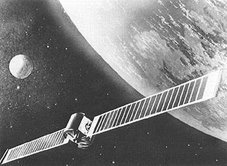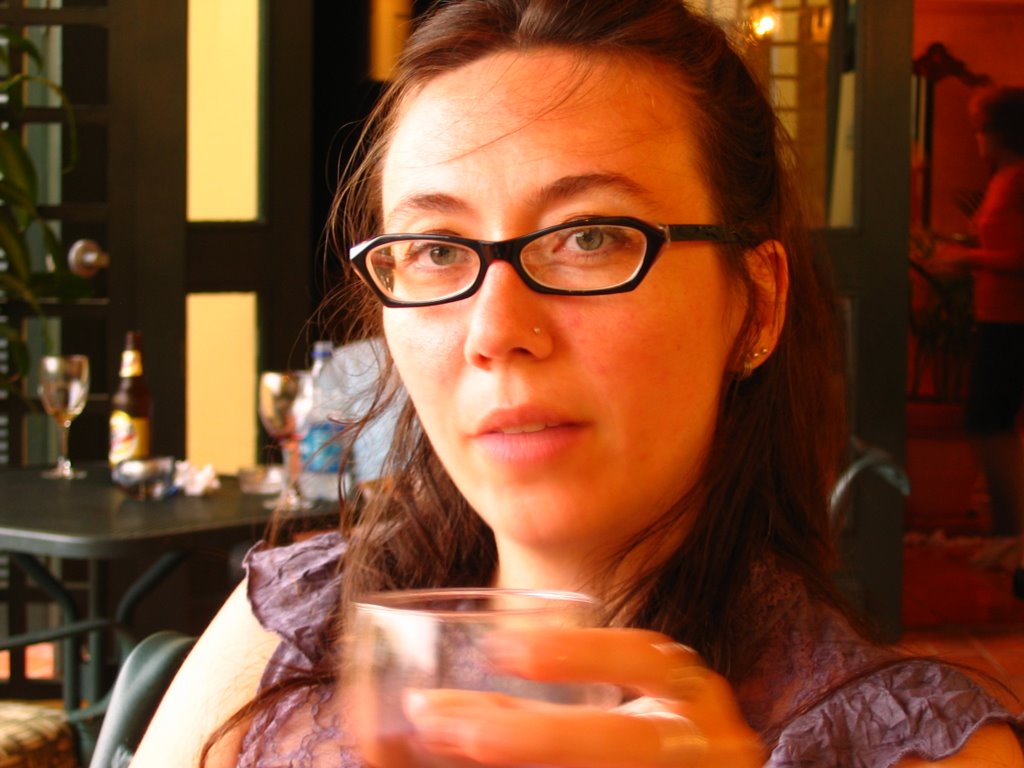
For next week... (11/07)
Writing Assignment: Journal 9 (below)
Project homework: Final research paper (7-10 pages)
Reading: The Internet, pp. 255-291; The Communications Infrastructure, pp. 357-389
- JOURNAL 9 - DUE WEDNESDAY, NOVEMBER 28TH
Visit a museum of your choice. Respond to your visit by giving a brief summary, analysis and reaction, keeping the following questions in mind:
- Who created the museum? Why?
- What is the main message of the museum?
- Who is the target audience?
- Who is paying for the museum (ads, private sponsers, gov't grants, etc.)?
- What is left out of the museum? What biases are visible?
- NYC Museums
- Museum of the Moving Image
- Lower East Side Tenement Museum
- American Museum of Natural History
- Ellis Island Immigration Museum
- The Metropolitan Museum of Art
- Museum of Modern Art






